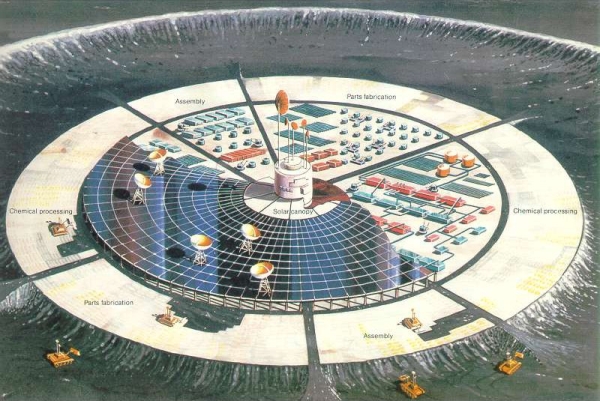Space Architecture
Research into Border Zones
Text: Bálint Botzheim

Architecture has always had a general tendency to search for its limits throughout its history. This inclination has often been phrased in Utopian letters. However, the evolution of architecture may also be described as the alternation of avantgarde and mainstream eras. The concept of limits needs to be redefined too. The author here is engaged in geometric innovations that have the capacity to extend the potentials of architecture. As a catch-all term for this we may use „new architectural geometry”. It is especially the applied fields of non-Euclidean geometry that provide us with new tools. Geometry has always been the starting point for architecture as such, and new geometry tends to evolve into a component of the vocabulary of forms prevailing in the 21st century. Intense research work is being carried out all over the world in this special field. For many universities it is a priority now to focus on the future of architecture, and work out a vocabulary of forms that has the potentials to contribute to the re-definition of the character of 21st-century architecture. Besides methodology and building technology research projects special focus is on material research and robotics. The development of nanotechnology and robotics also facilitate the introduction of parametric buildings into the mainstream.





